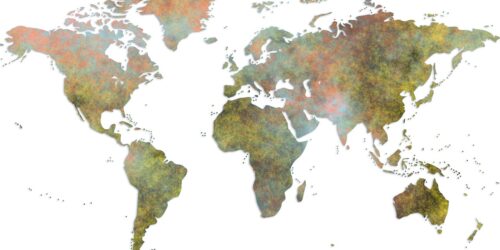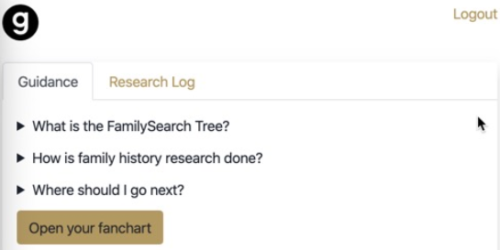The Value of Case Studies in Family History
“Could I have an example, please?” This is one of the most common questions we all have, about almost any subject, whether or not we ask it out loud. Good examples help us connect the dots in our learning. They help us see relationships between pieces of information, how cause and effect works, and how we can apply principles in a variety of ways.
On the other hand, an example that’s unfocused or unclear might be confusing and worse than no example at all.
It’s much the same in family history. We can find some great tools or pieces of information, but how do we apply them in our own research? That’s where a good case study can be really valuable. It not only walks us through solving a research problem, but it also does the following:
- Highlights the principles that were used
- Explains why they were effective
- Offers suggestions on how you might use them in your research

Digging In
As you might expect, not all case studies are created equal. Sometimes you have to dig a bit to identify the principles and how you can use them. Be prepared to use “intelligent filters”—skip past any parts that are repetitious or wandering, and read between the lines to find nuggets of information you might need. In some ways, it’s like mining a historical record for insights. The tips and trick you learn will prove valuable as you search for clues in your own ancestors’ stories.
An Example
Noted genealogist Amy Johnson Crow has a number of helpful case studies on her site—let’s take a look at one titled  Getting More from Newspaper Research. (Pardon the sensitive nature of the article; it deals with a suicide noted in a local newspaper.)
Getting More from Newspaper Research. (Pardon the sensitive nature of the article; it deals with a suicide noted in a local newspaper.)
In this newspaper case study, the author helps us find research clues by using the following elements:
- Background: This sets the stage for the person we are following.
- Comparisons: The primary account of the story is compared with accounts from other newspapers. This shows the value of working with multiple sources in research.
- Next Steps: The author suggests additional approaches and record searches. This is good for a brief case study, while more extensive ones will provide details of what was found in the extra research.
- Takeaway: This is the main point learned from the case study. You can add your own takeaways, from your analysis of what you have read.
Case Studies in The Family History Guide
There are plenty of links to research case studies in The Family History Guide, from basic record finds, to tracing immigrant ancestors, to breaking through walls with DNA results, and more. Many of them are included in the Country and Ethnic pages, plus more in the Vault.
Here are a few of the case studies to get you started, in video and article formats (videos noted with their timings):
- ExploreGenealogy: Overcoming a Family History Roadblock
- Family Locket: Hooking Teens on Research with Land Patents
- Family Locket: Putting Your Ancestors in their Place
- BYU FHL: Case Studies in Migration for Genealogists—67:54
- FamilySearch: Using English Records—16:00
- FamilySearch: A French Case Study: Church Records—5:54
- Ancestry DNA: Genealogy Brick Wall Case Study—21:26
- The Root: Who Were My Kin Born During Slavery?





